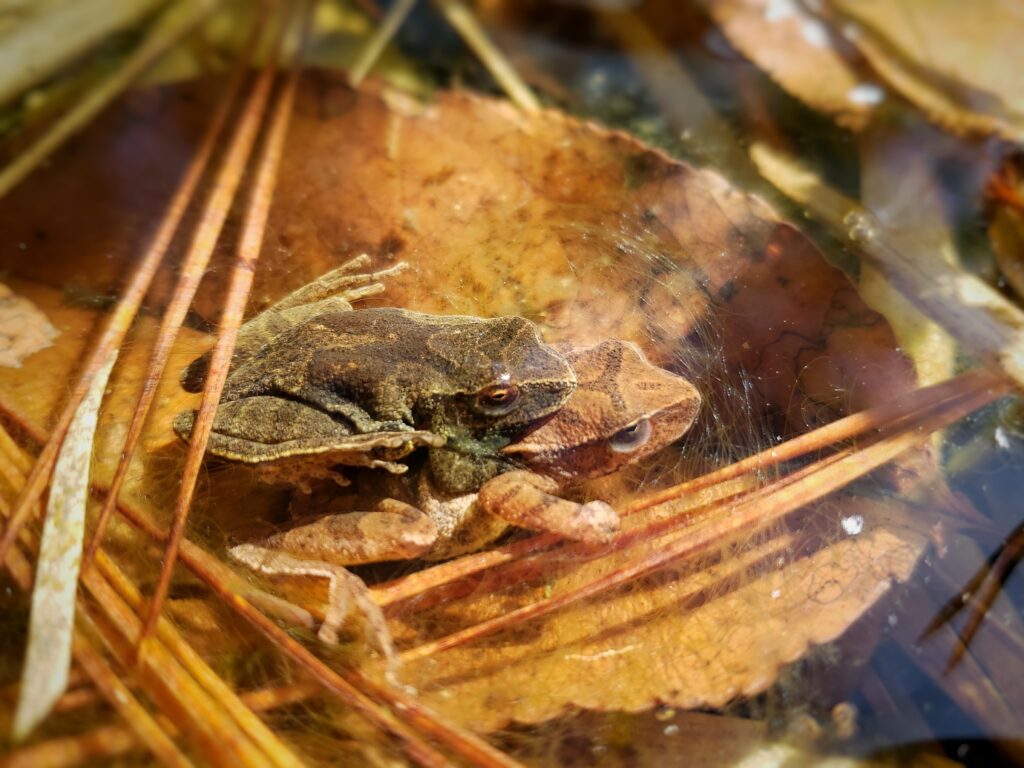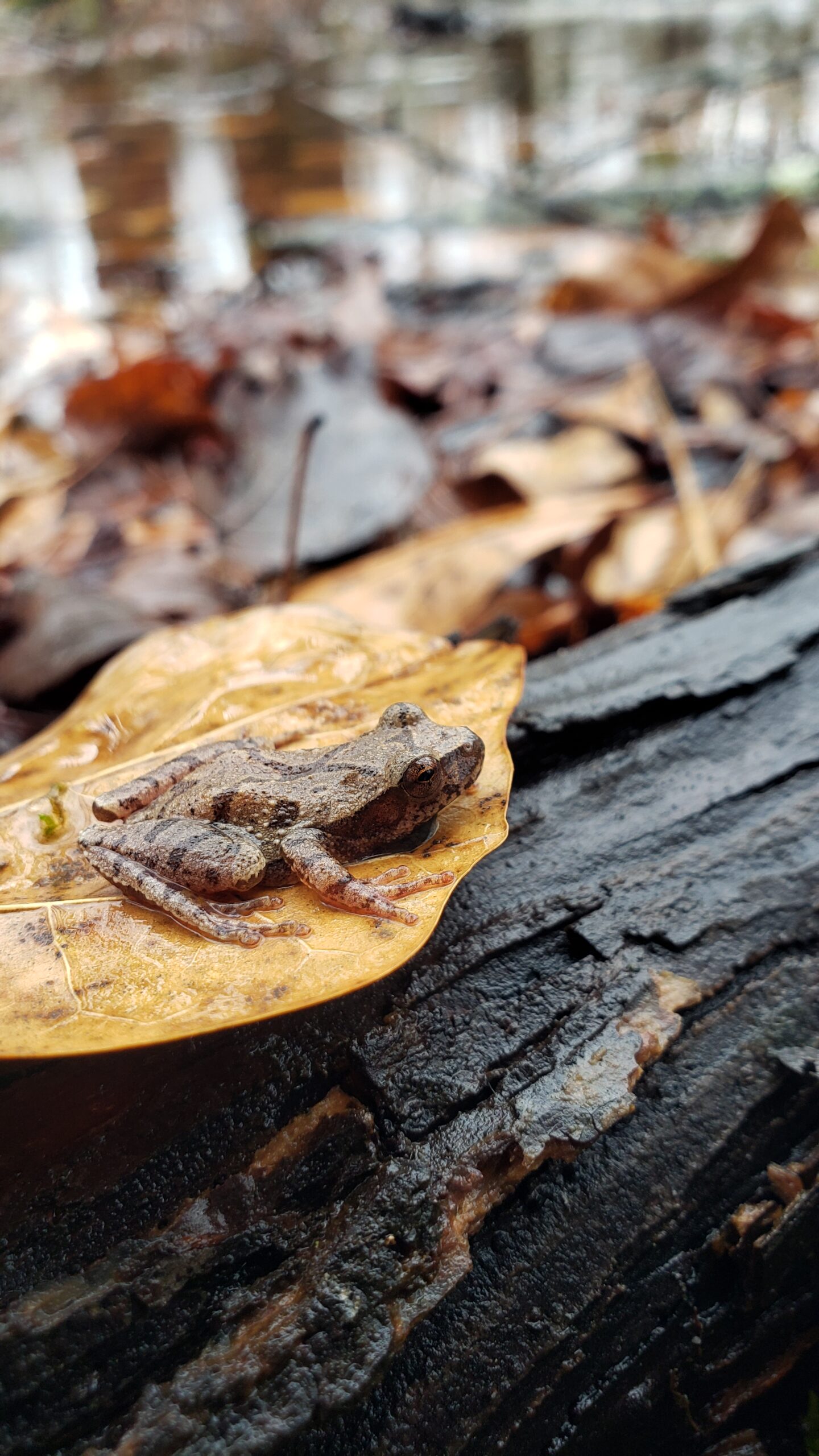Spring Peeper (Pseudacris crucifer)
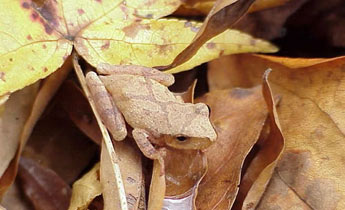
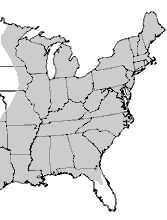
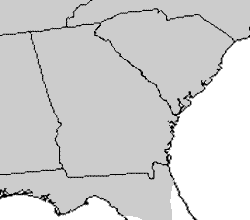
Photos by J.D. Willson unless otherwise noted
Spring Peeper’s Call
Description: The spring peeper is small delicate frog reaching no more than 1 inch as an adult. It is overall mostly smooth with slender legs. It is noted for the X mark on its back and small pads on its toes. But more often than not, the X is an imperfect one. The dorsal coloration can vary from gray to brown. Spring peepers most often call where small trees or shrubs are surrounded by standing water. Though these frogs are rarely seen other than during their breeding season (winter and early spring in South Carolina and Georgia), they are sometimes active in wooded areas just after a heavy rain.
Range and Habitat: Spring peepers range across the entire Southeast. They are found from Canada down through the gulf and ranges down through the top third of Florida. They are found in forested habitats throughout their range and breed in permanent and seasonal wetlands. They are abundant in shallow, fish free areas. Spring peepers breed in marshes, Carolina bays, agricultural ponds, and ditches. They are tolerant of mild levels of urbanizations and will breed in slow-moving streams in neighborhoods.
Habits: Spring peepers are active year-round but are usually encountered in the winter or early spring. They are arboreal, but are found lower in trees in comparison to other treefrog species. During deep winter, they retreat to underground burrows or under bark. This species is unique in that much of its body can withstand freezing.
Call: The call of spring peepers by a repeated, high-pitched peeeeep which rises at the end of the call.
Conservation Status: They are common throughout most of their range in the Southeast.
Pertinent Reference:
Dorcas, M., and Gibbons, W. (2008). Frogs and toads of the Southeast. University of Georgia Press.
Account Author: Katrina M. Ford
